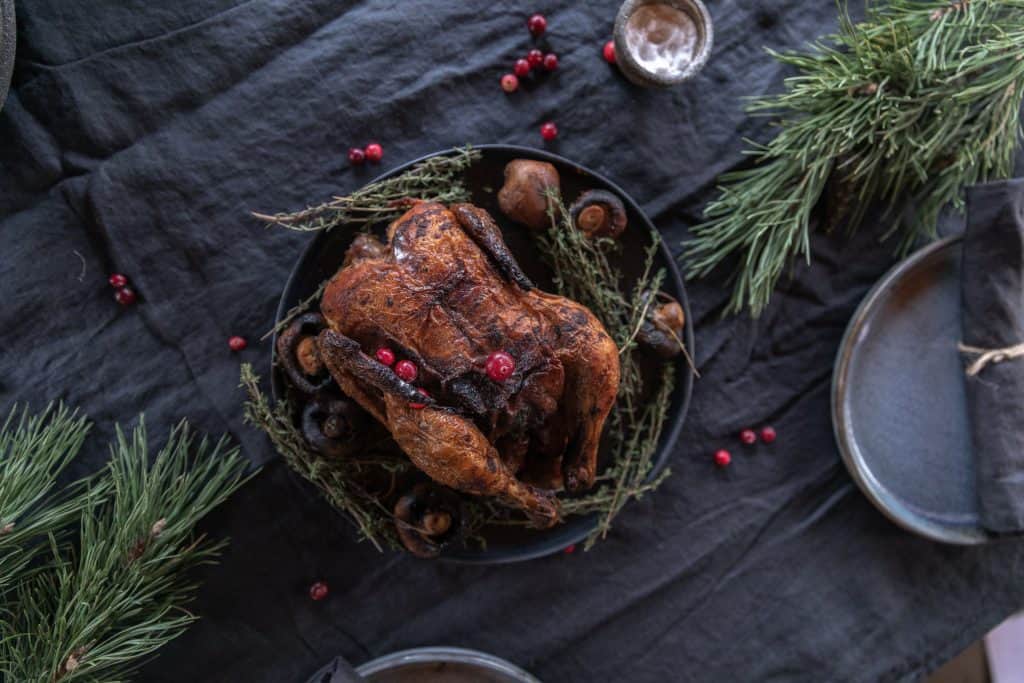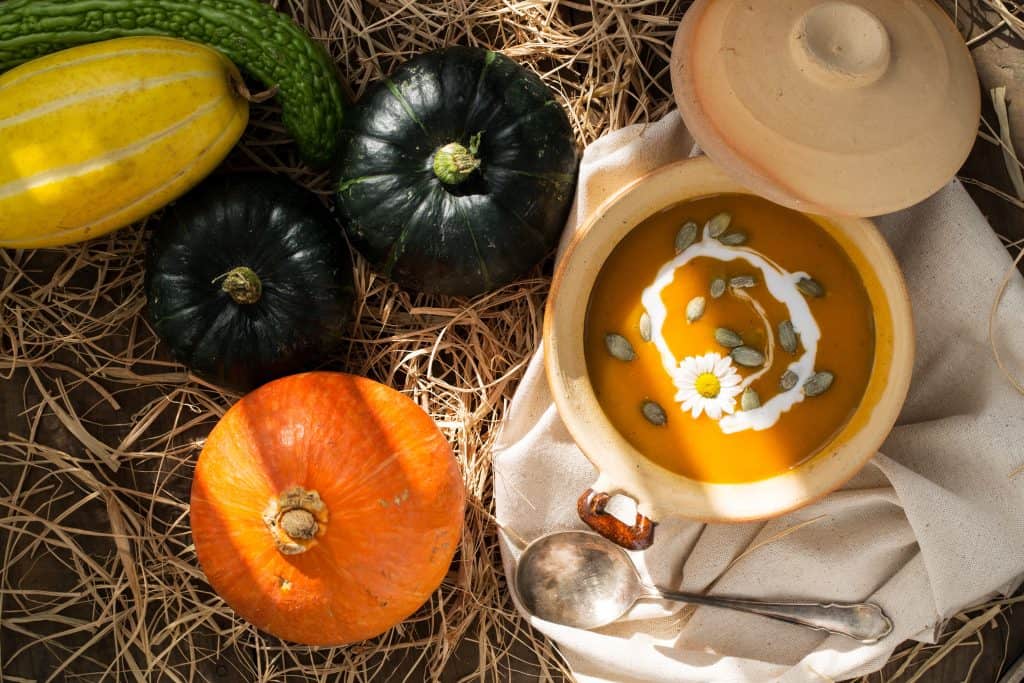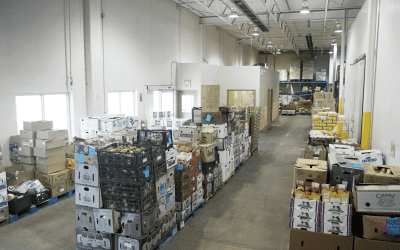‘Tis the season for eating—and holiday food waste.
Unfortunately, food waste increases by 25% during the holiday season. Millions of pounds of seasonal foods such as turkey, gravy and mashed potatoes are prepared but go uneaten and eventually tossed. “When we throw away food, we’re also throwing away the land, water and energy used to produce that food,” said Pete Pearson, Director of Food Waste, WWF on holiday food waste.
Beyond our holiday overindulgence and food waste being an environmental issue, it’s also a social one.
One in seven Canadian homes was food insecure in May 2020 during the pandemic. In October 2020, the Canadian government doubled its support for the Emergency Food Security Fund added another $100 million to help feed communities. Toronto-based Daily Bread Food Bank reported in September 2020 that food bank visits in the city increased by ~25% since the beginning of the pandemic.
The holidays can be a challenging time for many, without the added stress and risk of the pandemic. Rather than actively contributing to holiday food waste this winter, consider a more mindful and less wasteful approach.
7 meal planning tips to reduce holiday food waste this season

1. Make a grocery list and meal plan
We recently wrote a blog post on 7 simple steps to sustainable grocery shopping and eating habits. In it, we discussed the next three tips, which are good to follow any time of year. However, this is especially important during the holiday season.
One of the best ways to reduce holiday food waste is to shop and cook the right amount of food. This starts with a good plan. Write down the meals that you’re shopping for and what you would like to prepare. Don’t forget to leave room for your leftovers.
Make a grocery list from your plan.
2. Check cupboards and pantry for ingredients
Next, do a kitchen audit. Check your pantry, fridge, freezer and cupboards for what you already have. If something needs to be eaten soon, add it to the meal plan. Frozen goods don’t last forever and could be a useful addition to your holiday meal.
During your audit, you may discover that you already have most of the ingredients for your baking plans or that you already have great holiday sides and condiments, such as canned cranberries, dried beans or frozen peas.
Cross the ingredients off of your shopping list.

3. Create recipes that incorporate what you have
Get creative with using up the ingredients that you already have. If you’re making stuffing, why not use up frozen or stale bread—or turn them into bread crumbs to sprinkle on top? If you find frozen peas, why not make a side of mashed peas with mint? Eat those dried beans on the side of your ham.
Think of this as a feel-good project to reduce your holiday food waste (and reap the benefits later with delicious meals).
4. Prepare “just enough” to avoid holiday food waste
This year is a great year to curb the habit of preparing too much food and putting out spreads fit for kings and queens. Your guest list will likely just be you and your immediate family or loved ones, after all. Think about how many people you’re shopping and cooking for—and make just the right amount for everyone.
One of the best ways to reduce holiday food waste is to prepare just the right amount of food.
In the restaurant industry, plate waste is one of the leading out-of-home causes of food waste. More than $7 billion worth of food is wasted every year—~13% of all food loss and waste in Canada—from hotels, restaurants and institutions such as school cafeterias.
This happens when too much food is prepared, added to our plates and not taken home as leftovers.
5. Cook nose-to-tail and root-to-stem—compost the rest

When preparing your meals, always use the whole food. The technique of nose-to-tail and root-to-stem cooking means just that. If you bought a turkey or chicken, for example, use the bones to make broth or soup. Even your onion skins can be thrown into broths.
Use every part of your vegetables as well. Squashes, for instance, have delicious seeds full of fat, fibre and protein that can be roasted and added on top of salads.
When your ingredients are spent, compost them.
6. Plan for leftovers
If you know that you’re going to have unavoidable leftovers, plan them into your meals for the rest of the week. Organize turkey sandwiches one day and soup the next. Freeze any leftovers that you know you won’t eat right away and enjoy them another time. You may thank yourself on a cold day in January for freezing your homemade holiday turkey soup, for example.
7. Donate good, surplus foods—and support hunger relief
This brings us to our final point. As we said, food waste is an environmental problem. But it’s also a social one when it comes to rising hunger levels everywhere.
Find a local food bank to donate your good, surplus food. Volunteer your time to help with hunger relief in your community. Donate to help fund organizations that are tackling the problem every day, no matter the season.





